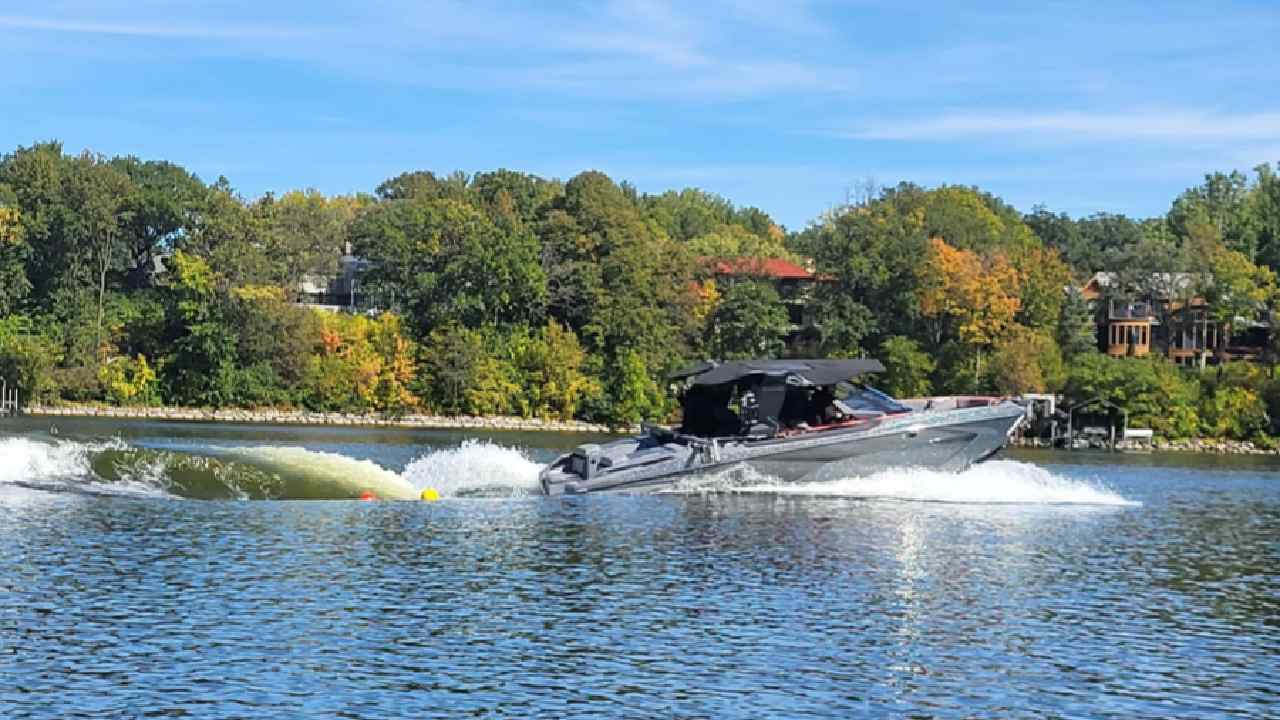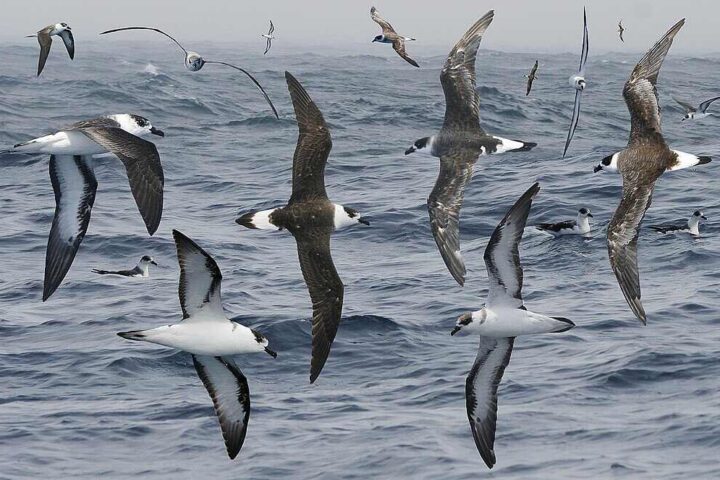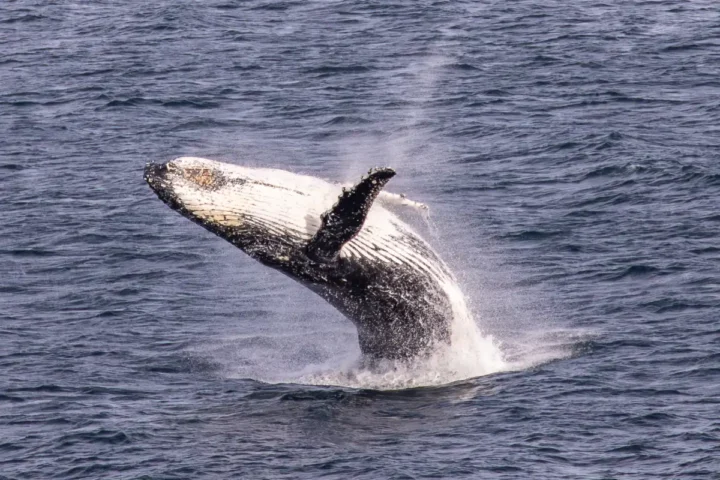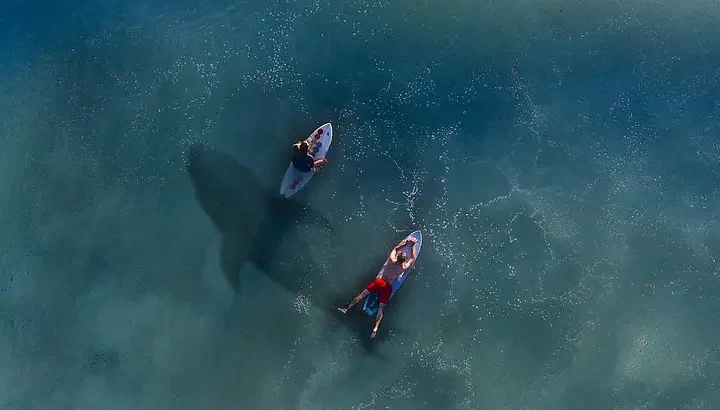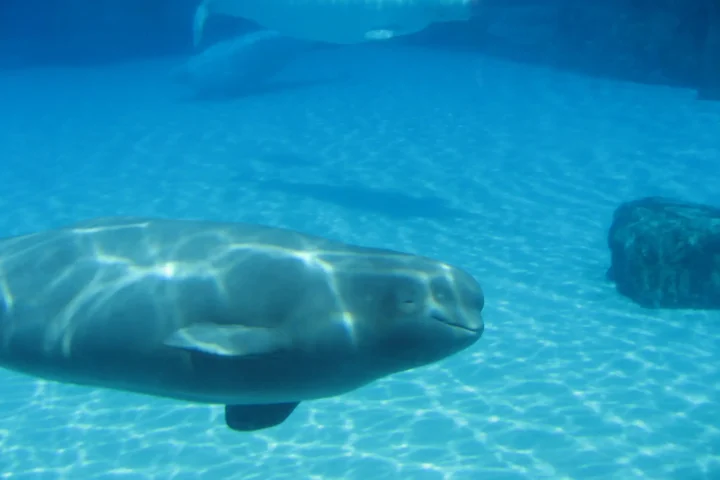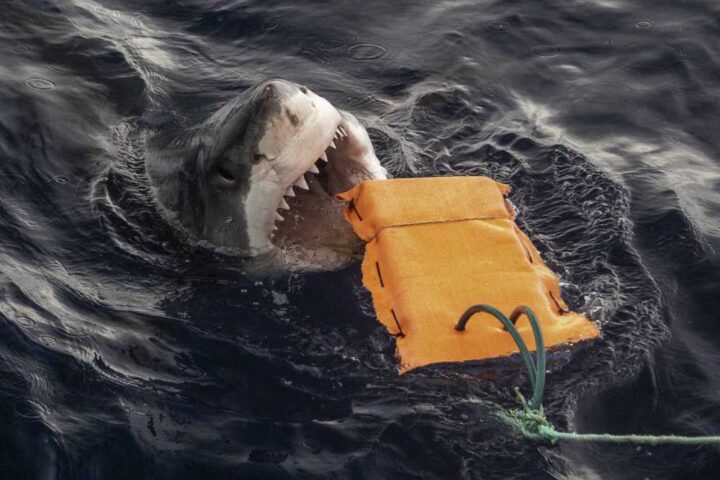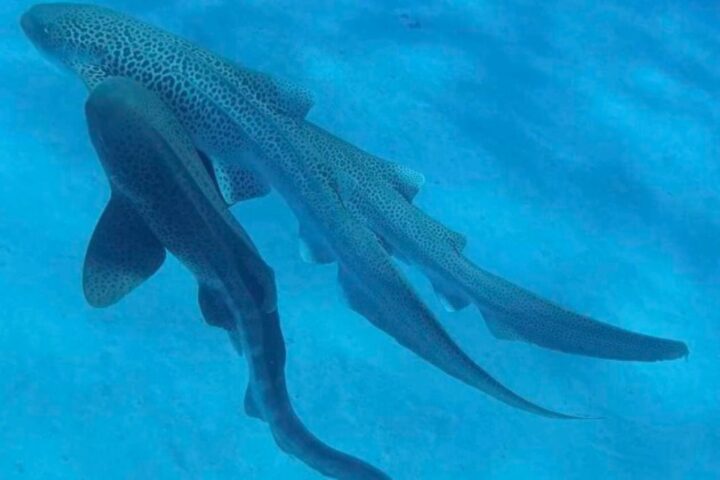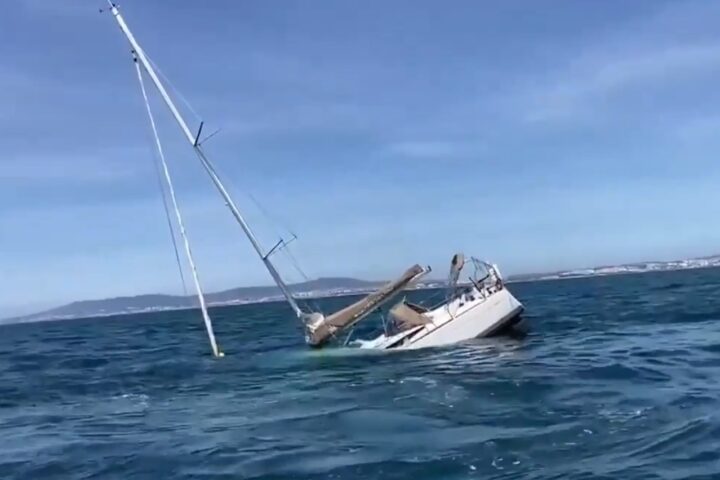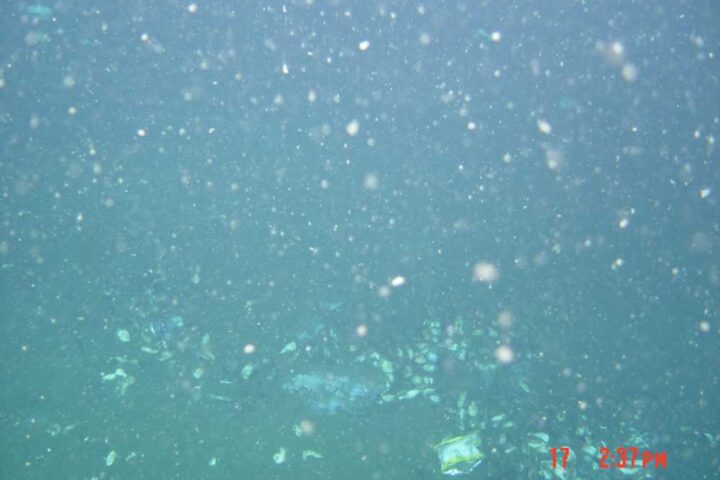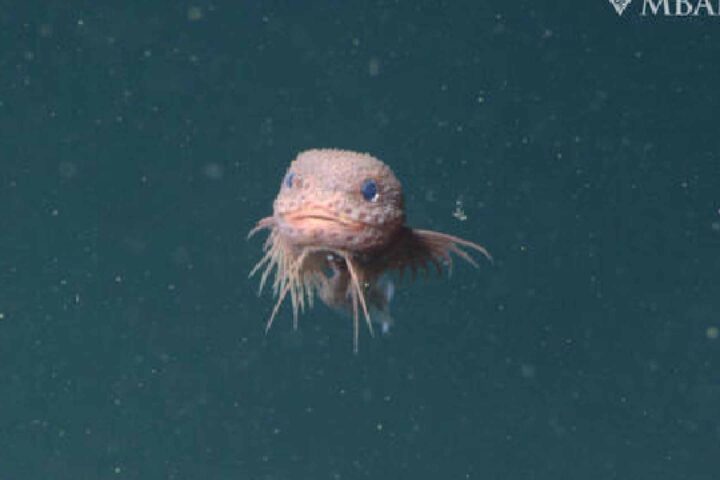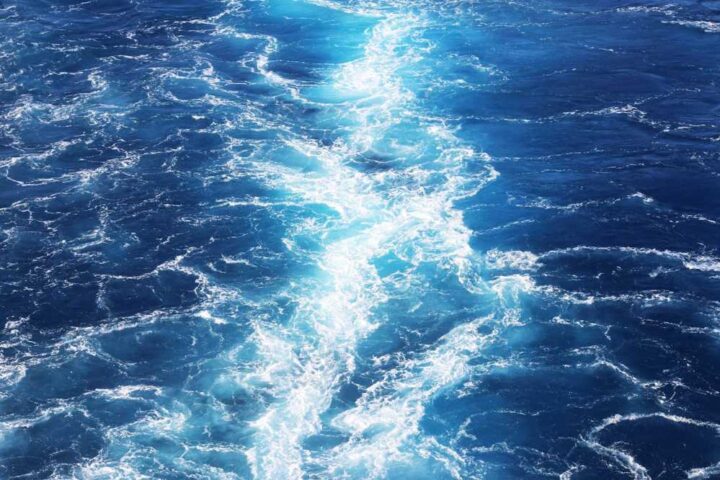A new University of Minnesota study reveals that all powerboats, not just wakeboats, disturb lake ecosystems below the surface. The research, conducted by the university’s St. Anthony Falls Laboratory, shows that underwater currents and turbulence from boats can harm delicate lake environments in ways invisible to boaters.
“For all motorized boats, simply being careful about where you steer your boat and avoiding shallow spots can make a huge difference,” says Jeff Marr, co-author of the study and associate director of engineering at the St. Anthony Falls Lab.
The two-year study, conducted during 2022 and 2023, used sophisticated acoustic sensors to measure water pressure and velocity at different lake depths. Researchers tested seven common recreational powerboats in their typical operating modes, with boats driven directly over the sensors five times for each test.
What happens beneath the waves is complex. All powerboats create underwater disturbances, but wakeboats—popular for wakesurfing and wakeboarding—cause significantly more disruption. Their powerful engines and specialized designs generate stronger turbulence that can reach deeper into the water.
The study found that wakeboats operating in “surfing mode” can directly resuspend sediments in the water. This underwater disruption wasn’t just theoretical—underwater cameras captured dramatic footage showing sediment clouds, uprooted plants, and disrupted aquatic life.
“You see a lot of turbulence, and you see the bottom sediments, we think sand, shells, being suspended in the water,” Marr explains. “You see vegetation, even root masses moving by the camera.”
When sediments are disturbed, they release stored phosphorus into the water. This nutrient acts like fertilizer for algae, potentially triggering excessive growth and harmful blooms that reduce water clarity, block sunlight from reaching underwater plants, and create unhealthy conditions for fish.
The research team found differences in impact based on boat type and water depth. Traditional powerboats operating at cruising speeds disturb sediments in shallow waters, while wakeboats, with their larger wakes and ballasted systems, affect the lakebed at significantly greater depths.
Based on their findings, researchers recommend all powerboats operate in water at least 10 feet deep when leisurely cruising or planing. For wakeboats used for surfing, the minimum recommended depth increases to 20 feet or more.
Similar Posts
“At 20 feet or greater, the velocity is no longer a concern,” says Andy Riesgraf, lead author of the study.
The distance from shore also matters. A previous phase of the university’s research found that waves from wakeboats take longer to diminish to levels similar to those created by other boats. This has led some lake advocates to recommend wakesurfing occur at least 500 feet from shore to minimize impacts.
The boating industry has pushed back on these findings. The Water Sports Industry Association maintains that wakesurfing in at least 10 feet of water and 200 feet from shore is sufficient to protect shorelines and water quality. They argue that newer wake boat technology reduces environmental impacts.
Beyond sediment disturbance, wakeboats’ ballast tanks present a potential risk for spreading aquatic invasive species between lakes if not properly cleaned and dried. Propeller wash can also directly damage aquatic plants and disturb fish habitats.
The Minnesota study is part of ongoing research about boat impacts on lakes. The final phase, set to conclude in fall 2025, will examine how wind-driven waves differ from wake waves, including their environmental impacts.
Some lake associations are already responding to the findings by creating maps showing boaters where they can operate without harming lake ecosystems. These educational efforts are aimed at helping all lake users enjoy the water while minimizing environmental damage.
“Staying in deep water when you’re out on the water—especially when wakeboarding or surfing—is an easy and effective way to enjoy and protect our waterways,” Marr advises. “Also, give space between your boat and other boaters and the shoreline.”
The study was supported by a University of Minnesota crowdfunding campaign with over 200 donors, plus funding from the Environmental Natural Resources Trust Fund as recommended by the Legislative-Citizen Commission on Minnesota Resources.
